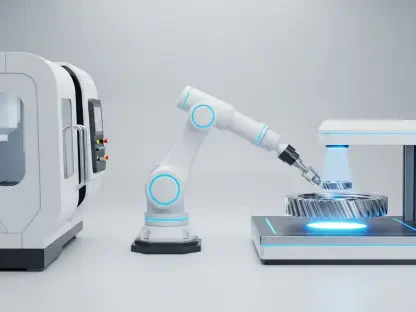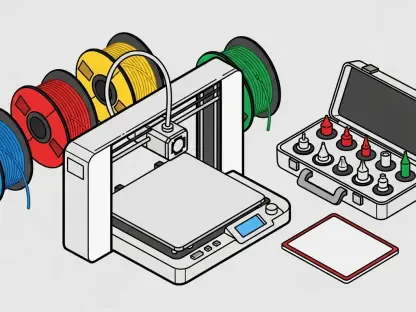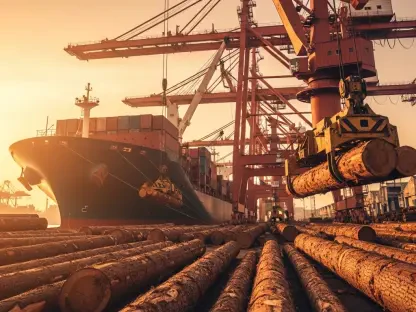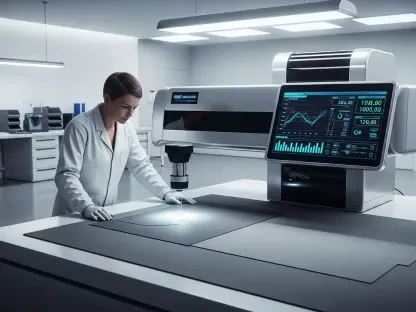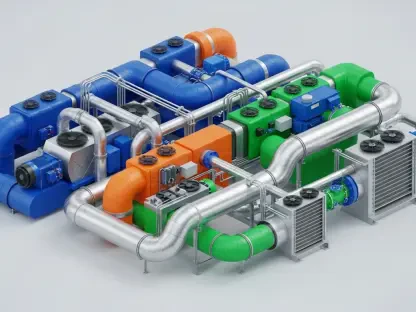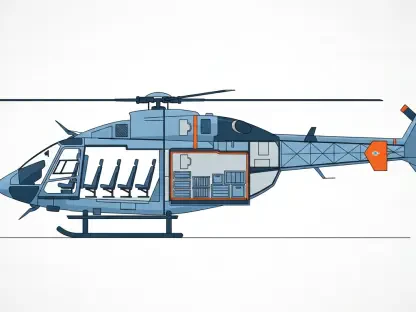A landmark innovation from Zhejiang University has emerged in the realm of 3D printing, showcasing exciting potential for the endless recyclability of resins. Pioneering research led by the team at the College of Chemical and Biological Engineering has revealed a novel reversible photo-click reaction that promises to transform how resins in additive manufacturing retain high performance without degrading after multiple reuse cycles. The implications of this development are not only significant for the 3D printing industry but also suggest a sustainable future for material science.
The Science Behind the Innovation
Reversible Photo-Click Reactions
Central to this groundbreaking discovery is the reversible interaction between a thiol reagent and aldehydes under light, a phenomenon that traditionally required heat. This unique chemistry enables the formation and dissociation of dithioacetal bonds, allowing materials to be broken down to their original components and reassembled with no loss in quality or functionality. Imagine it as deconstructing and reconstructing Lego bricks without any wear and tear. The result is a resin that retains its integrity regardless of how many times it is recycled, a feature that holds promise for infinite recyclability and drastically reduced waste generation.
The potential of this scientific advance extends beyond mere recycling; it opens new doors for innovation within additive manufacturing. By resolving the historical trade-off between recyclability and mechanical performance, the team at Zhejiang University demonstrates a sophisticated approach to addressing environmental and economic challenges. This reversible chemistry paves the way for more sustainable manufacturing practices, decreasing material costs and mitigating the substantial plastic waste typically associated with resin-based 3D printing.
Broader Implications for Material Science
Further amplifying this breakthrough, researchers at Anhui University have also showcased the potential of reversible thiol-aldehyde chemistry. Their work specifically highlights its adaptability and usability in crafting materials with diverse properties, including flexibility, rigidity, or crystallinity. The synergy between these research endeavors suggests a growing momentum within the scientific community toward developing a new class of materials capable of indefinite recycling. Such widespread interest underscores the likely possibility of adoption in industries beyond 3D printing, provided the technology proves economically feasible on a large scale.
The scientific community is not only excited about the immediate applications in manufacturing but also the broader impact on sustainability. This advancement aligns with global efforts to reduce industrial waste and minimize the environmental footprint of traditional and modern manufacturing processes. The ongoing research and successful integration of this chemistry into practical applications could signal the beginning of a new era in materials engineering and green technology.
Challenges and Considerations
Economic and Safety Concerns
Despite the enthusiasm surrounding this innovation, certain challenges must be addressed for practical application. Foremost among these are the economic viability and safety considerations of this novel resin-recycling process. There remains a lack of definitive data regarding the costs associated with the production and implementation of these reversible chemistries on a large scale. As with any new technology, the initial costs may be high, but potential cost savings through reduced material waste and recycling efficiencies may offset these in the long term.
Additionally, there are safety considerations linked to using thiols and aldehydes. These compounds are known irritants, presenting potential health and environmental hazards during the reversal process. The emission of noxious gases or other harmful substances must be thoroughly investigated and resolved through comprehensive safety protocols. Ensuring safe handling and processing is paramount for the adoption and acceptance of this technology in commercial settings, alongside extensive regulatory approval.
Strategies for Transition and Adoption
For this innovation to become a staple in the industry, a deliberate strategy must be employed to address the economic and safety issues. Stakeholders, including researchers, manufacturers, and regulators, must collaborate to develop cost-effective production techniques and stringent safety standards. Investment in research and development is crucial to resolve these technical challenges and enable seamless integration into existing processes. Collaborative efforts can lead to solutions that balance sustainable practices with economic gains.
The success of such a transition depends on the industry’s openness to adapt and innovate, particularly in manufacturing and supply chain sectors. The potential for reduced waste and enhanced material efficiency aligns well with industry trends toward eco-friendliness and cost-effectiveness. However, the willingness to adopt these new materials will hinge on demonstrating clear value and safety in operational settings.
The Evolution of Vat Polymerization
Historical and Modern Developments
Vat polymerization technology has evolved remarkably over the years, particularly in the field of 3D printing, establishing itself as a robust method beyond just prototyping. Since the early 2010s, this technology has transitioned from a niche method primarily for creating models to a process capable of producing end-use parts. Major advancements by companies like Formlabs have democratized access to vat polymerization, enabling desktop machines for widespread use. Meanwhile, significant industrial applications, such as those seen in the production of Invisalign’s dental aligners, exemplify its commercial viability and adaptation for high-demand markets.
The continuous exploration and innovation within vat polymerization have been instrumental in broadening the scope of materials and their applications. With the integration of enhanced materials offered by companies such as Carbon and Henkel, vat polymerization remains relevant and dynamic. These advancements not only improve the mechanical properties and efficiency of the materials but also introduce new possibilities for design and manufacturing, paving the way for the future of 3D printing.
Future Directions and Sustainability
Looking forward, vat polymerization in 3D printing is poised to benefit significantly from developments like those proposed by Zhejiang University. The ability to infinitely recycle resins without compromising performance may integrate seamlessly with existing processes, offering both ecological and economic advantages. The cost savings from reduced raw material use and environmental benefits from lower waste generation are attractive propositions for industry-wide adoption. This transformation may drive a new wave of sustainable practices in 3D printing, influencing manufacturers to reconsider traditional methodologies in favor of more sustainable alternatives.
Implementing such innovations requires an ongoing commitment to research and collaboration across all sectors of the industry. The promise of a circular economy, where materials continually circulate within the production ecosystem, represents an aspirational but achievable future. The advancement of these chemistries could fundamentally redefine manufacturing norms, emphasizing long-term sustainability and efficiency.
A New Era for Sustainable 3D Printing
A groundbreaking innovation from Zhejiang University has made waves in the field of 3D printing, revealing enchanting potential for the limitless recyclability of resins. This pioneering discovery comes from the dedicated research efforts of a team at the College of Chemical and Biological Engineering, who have introduced a novel reversible photo-click reaction. This innovative reaction holds the promise of revolutionizing how resins used in additive manufacturing can maintain their high performance, even after being reused multiple times without significant degradation. The broader implications of this advancement are profound, as it not only signifies a notable leap forward for the 3D printing industry but also hints at a more sustainable future in material science. Such a development underscores the growing importance of creating materials that are not only efficient but also environmentally friendly. It paves the way for a new era in manufacturing, where the life cycle of materials can be extended without compromising quality.



